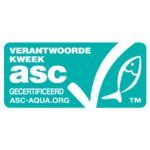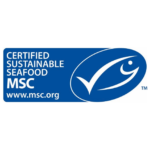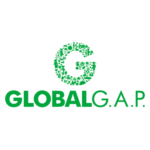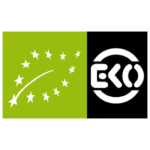Common periwinkle
Atlantic Ocean, north-east (FAO 27)
Handpicked
- Jan
- Feb
- Mar
- Apr
- May
- Jun
- Jul
- Aug
- Sep
- Oct
- Nov
- Dec
Common periwinkles are a fast-growing species that are not very affected by fishing pressure. Little information is available on the effects of fishing on this species, but common periwinkles are not expected to be very vulnerable. The section fish stocks and fishing pressure receives an orange score.
Hand collecting common periwinkles is a fishing method where bycatchBycatch:
Species caught next to species targeted for fishery. By-catches can consist of non-commercial species and species that are too small, and can be kept (this part is sometimes called by-product) or thrown back into the sea (discards). is virtually non-existent. If an unwanted species is caught, it can be discarded with a high survival rate. The ecosystem effects of removing periwinkles from the sea have not been studied but are expected to be low. For this reason, this section scores green.
There is a management plan for this species that is partially effective. This is due to the lack of specific management for this local fishery, a lack of data and possible risks of illegal fishing (also known as IUU). The management sectionscores orange.
The final assessment for this species is green, meaning you can eat this species without any concern.
Fish in season
Fish in season is the best quality at that time because the spawning period is over.




